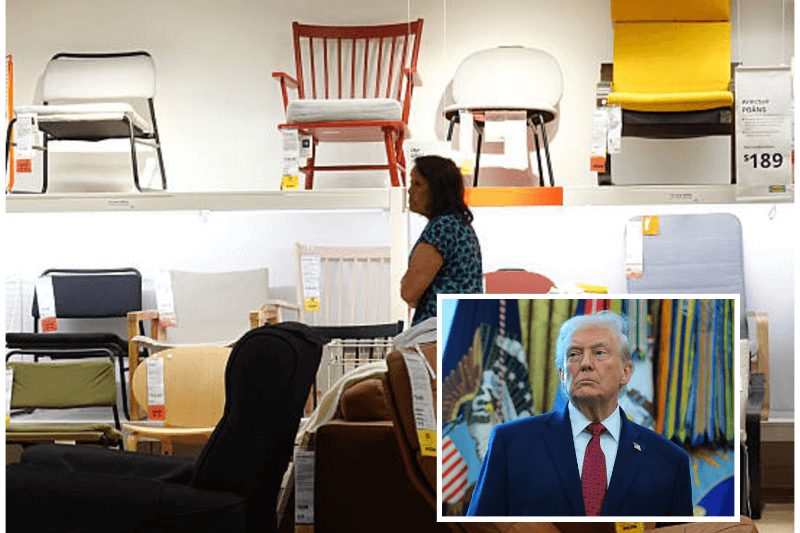
History Fades As Saltwater Intrusion Threatens Murals In Temples Across Thailand
“The mural used to be more vivid,” said Phra Maha Natee, the abbot of Wat Prasat, a temple in Nonthaburi. Even when he was a novice monk, 20 years ago, the image – which shows one of the jātakas stories that recall the Buddha’s past lives – was easier to understand.
Murals in temples across Thailand are at risk from pollution, flooding and poor planning. But conservationists believe the main danger is saltwater intrusion from rising sea levels sparked by the raging climate emergency, notably caused by human-related activities.
Saltwater Intrusion Threatening To Degrade Historic Temples
Wat Prasat is especially vulnerable. The temple is in a low-lying province less than 60 km from the coast. If you look closely, you can just about see the characters and scenes that once stretched across the walls. “The colour was brighter and sharper,” said Phra Maha Natee.
Drought and rising sea levels are causing saltwater to intrude into rivers. The saltwater can destroy crops and render tap water unsafe. It is also threatening to degrade historic temples, by seeping up from the ground, causing concrete walls to crumble and their paintings to flake.
The government body involved in heritage conservation, Thailand’s Fine Arts Department said salt moisture is the biggest issue it finds in the temples it has been called to survey for damage. The effects can take decades to show, but it is feared the problem will only get more serious.
Keep Reading
Conserving Murals – An Expensive, Slow And Meticulous Work
As the sea water level continues to rise, more heritage sites will be impacted in the future. Kiriya Chayakul Sitthiwang, an academician at the department, said the problem associated with salt moisture was now affecting areas more than 200 km north of the Bay of Bangkok.
Restoring and protecting heritage art at the temples is expensive, in addition to being slow and meticulous. The Fine Arts department has a budget to fund work on just 10 temples annually, out of more than 40,000 across Thailand. So much of the artwork has already vanished.




